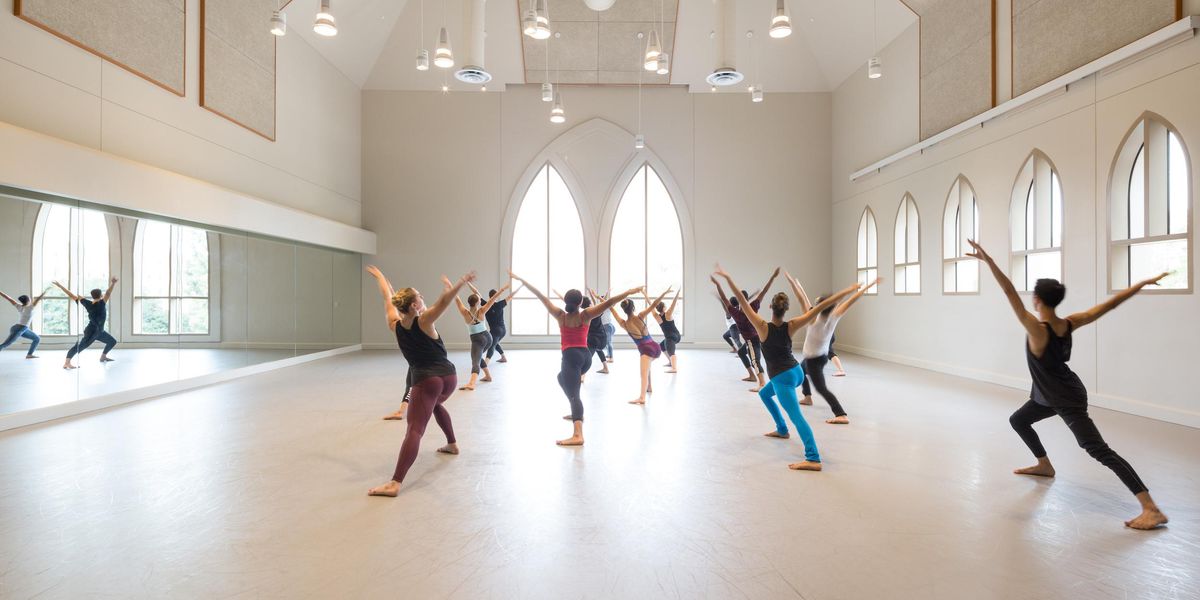Company Premiere and Revivals at ABT
ABT’s Isadora Loyola, Skylar Brandt, and Cassandra Trenary in
Gaité Parisienne. Photo by Fabrizio Ferri.
After a week of high-flying Don Quixotes, there’s much to look forward to in American Ballet Theatre’s eight-week season at the Met. Of course, exquisite principals and guest artists will be dancing classics like Swan Lake and Giselle. But the company premiere and revivals offer a break from those beloved warhorses.
This week’s triple bill—two parts Balanchine and one part Massine—is bound to be a hit. Theme and Variations, Balanchine’s pristine and plotless ode to classical ballet in the time of Tchaikovsky, got a visual makeover just last year. (Those pink-and-blue costumes were losing their pastel appeal anyway.) The new tutus, designed by Zack Brown, are red and gold. One of the most technically difficult Balanchine works to dance, Theme will give opportunities not only to principals and guests but also to soloists Sarah Lane and Isabella Boylston. In an unusual cross-plaza move, ABT invited NYCB’s Andrew Veyette to step in and partner Gillian Murphy on Wednesday.
Fun fact about Theme and Variations: In 1947, when Balanchine made this ballet on the two stars of ABT (then Ballet Theatre)—Igor Youskevitch and Alicia Alonso—Youskevitch said that he couldn’t do the movement unless he thought of himself as a prince in a story ballet. Balanchine replied with his famous edict, Don’t think, just do.
The spare Duo Concertant opens with two musicians playing Stravinsky onstage and the two dancers just standing around listening. When they dance, it can seem formal until the last three minutes. That’s when the stage darkens except for a beam of light on the woman’s hand, and the courtship becomes unexpectedly poignant.
Theme and Variations, with new costumes in 2013. Photo by Marty Sohl.
For a finale that’s sure to break the mood, Massine’s boisterous Gaité Parisienne closes the program. Rife with flirtation, jealousy, romance, and can-can girls, this was one of the most popular ballets on the Ballet Russe de Monte Carlo programs in the 1940s. With new costumes by Christian Lacroix in 1988, it’s even more visually entertaining, though many people objected to the cartoonish look at the time. Personally, I think the whole ballet, making its first appearance since 1999, is pretty cartoonish, so it kind of makes sense. At the ABT gala, Herman Cornejo danced Massine’s own role of The Peruvian, pulling out the comic streak that is usually hidden under his sparkling technique.
MacMillan’s Manon (1974), last performed by ABT in 2007, has also been revived. Judging from the gala, where both Julie Kent and Polina Semionova were absolutely ravishing in two different excerpts, we are in for a tantalizing treat.
Frederick Ashton’s much loved Cinderella (1948) comes into bloom the week of June 9. The first full-evening story ballet choreographed for The Royal Ballet, it’s Ashton at his most idealistic. With the help of Prokofiev’s famous score, it’s a pure depiction of the good-hearted Cinderella leavened by the broad comedy of the two Ugly Stepsisters. The Act II pas de deux for the Prince and Cinderella takes its time in the most luxurious way. Margot Fonteyn was of course glorious in the role. Here she is in a film clip from 1957, in the scene where Cinderella remembers the ball.
Fun fact about
Cinderella: Ashton planned to cast the two Ugly Stepsisters as women, but one of the dancers he had in mind was unavailable, so he put himself and fellow choreographer Robert Helpmann into the roles en travestie. As the more shy, skittish of the two “monsters” (that was critic Edwin Denby’s word for them), Ashton himself almost stole the show.
For more info on ABT’s spring season, click here.




